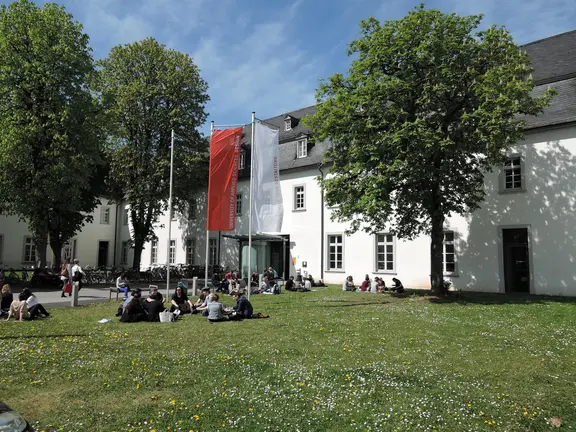
More than 1000 students study at the Campus for Design in a lively, interdisciplinary and cultural exchange. The course is practice-oriented and there is close cooperation between the campus and business. The individual disciplines are also closely linked: creative border crossings are cultivated so that students can work in an open and inspiring environment. There is a very familiar atmosphere on campus, students often work in teams and a high degree of individual support is provided by the lecturers. The infrastructure of the creative-artistic fields of study includes not only classical workshops such as bookbinding, photo studios, wood and metal workshops, but also 3D printing laboratories, a portal milling machine and modern computer pools.
The synergies at the Campus for Design allow innovative and forward-looking projects to emerge, which are regularly awarded national and international prizes. With a large number of recurring events, fashion shows and exhibitions, the campus has established itself as a creative driving force and an integral part of the urban cultural landscape.
Why Trier?
Trier is not only the oldest city in Germany, but also one of the most creative. According to a city ranking of the Wirtschaftswoche, it is mainly students of creative subjects who are attracted to Trier. Their share of all employees here is almost two percent, which is the top figure in Germany.
The 110,000 inhabitants large city is compact, everything is within easy reach by bicycle or on foot. However, Trier is not only a student city, but above all a city steeped in history. Its 2000-year history can be seen everywhere in the form of Roman buildings and a total of 10 UNESCO World Heritage Sites.
Trier is located in the border triangle, in the immediate vicinity of Luxembourg and France. International art and cooperation projects broaden the course of study and the horizon. Later, Luxembourg will be of particular interest; many graduates will find their employer here after their studies.
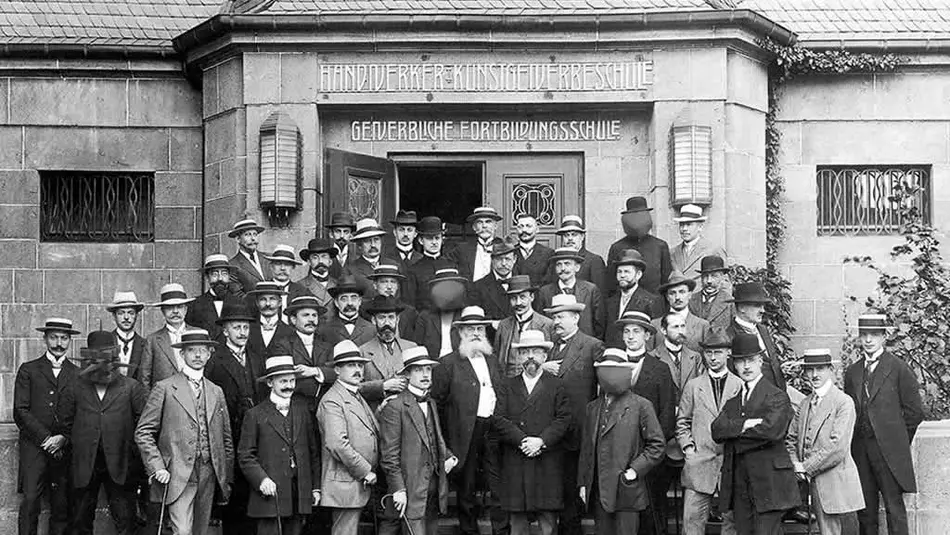
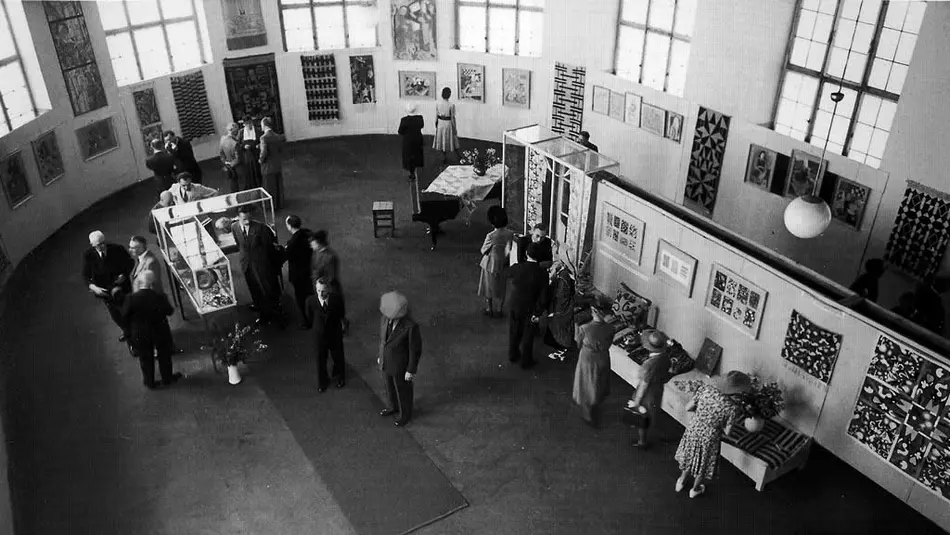
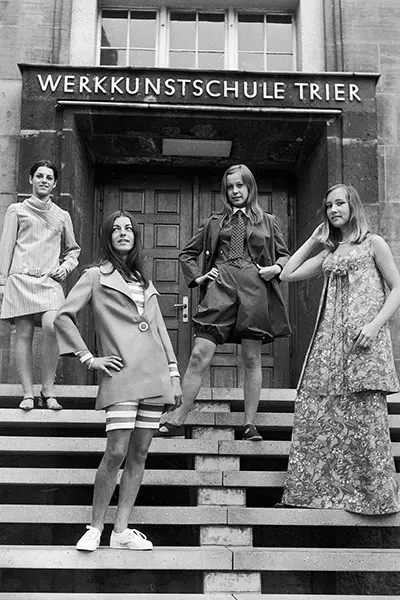
The Field of Fashion Design at the University of Applied Sciences in Trier is not only one of the most renowned in Germany, it is also the oldest still existing institution for fashion design, which was founded as a design class in 1922 at the State School of Arts and Crafts.
After several alterations, it is now housed in the building of the former Dominican convent of St. Catherine at the Irminenfreihof, which was built in the 18th century under the master builder Johannes Seiz. After various uses - as a military hospital during the Second World War and then as a state building school - the historical building complex was renovated for the last time at the turn of the millennium.
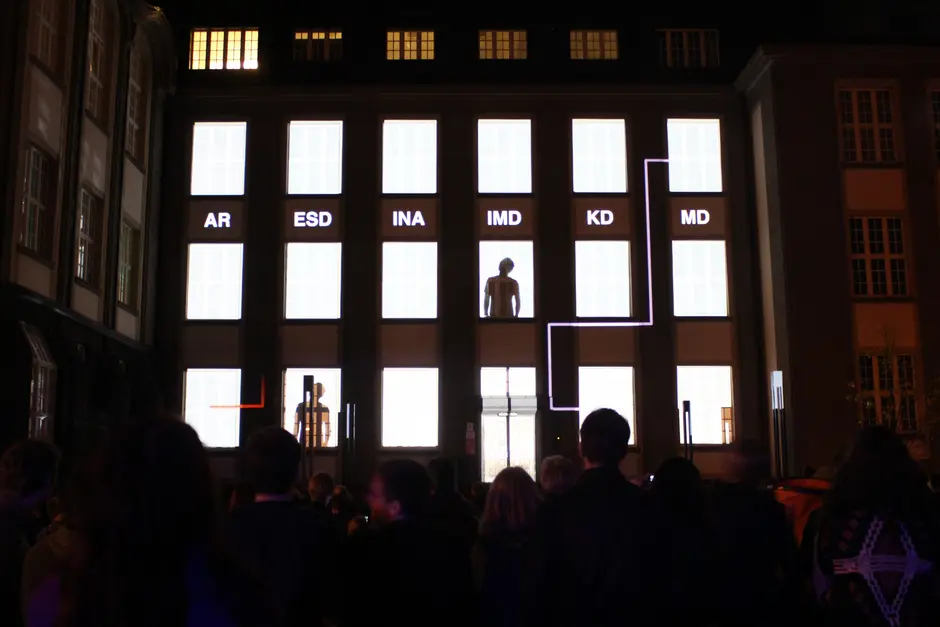
You are leaving the official website of Trier University of Applied Sciences